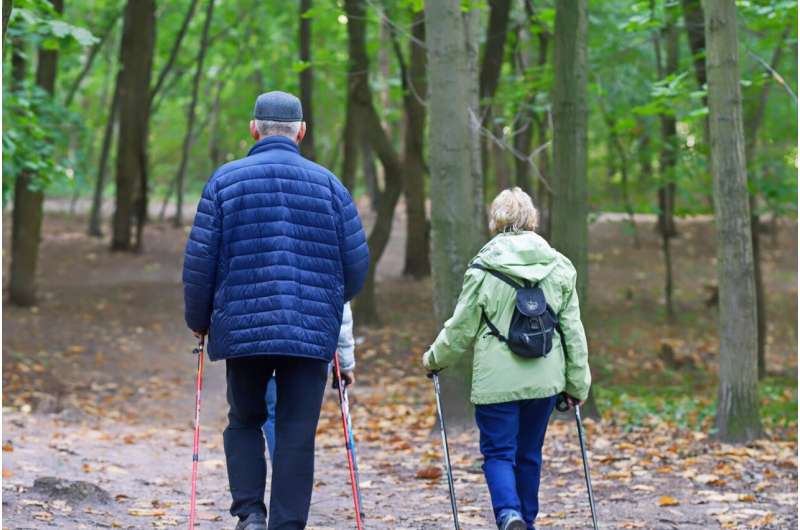Brain Stimulation Combined with Coaching Boosts Physical Activity in Older Adults

A groundbreaking study reveals that combining brain stimulation with coaching significantly increases daily steps in older adults, offering a new avenue for promoting healthy aging. The approach shows promise for sustaining physical activity and improving motivation among seniors.
A recent study published in The Journals of Gerontology: Series A highlights the effectiveness of integrating brain stimulation with personalized coaching to significantly increase daily physical activity among older adults. This innovative approach demonstrated that participants who received transcranial direct current stimulation (tDCS) alongside behavioral coaching more than doubled their daily step count compared to those who only received coaching. Notably, the heightened activity levels persisted for at least three months after the intervention concluded.
The study involved a randomized trial where inactive seniors in subsidized housing groups participated in 10 sessions of brief, 20-minute brain stimulation sessions targeting the left dorsolateral prefrontal cortex, a brain area associated with motivation and planning. This was coupled with a two-month personalized coaching program that included regular phone check-ins, personalized step goals, and practical suggestions like marching during TV commercials or walking with friends.
Participants tracked their steps daily with Fitbit devices, and adherence was remarkably high: 97% of tDCS sessions and 93% of coaching sessions were completed. The behavioral changes not only increased physical activity but also improved participants’ motivation and confidence in walking.
This study underscores the potential of noninvasive brain stimulation in supporting real-world health behaviors, especially in underserved communities where access to ongoing health interventions can be limited. As Dr. On-Yee Lo from Hebrew SeniorLife emphasizes, the program’s delivery within participants’ living environments minimizes barriers and offers a scalable model for community-based health initiatives.
While further large-scale research is needed, these findings provide promising evidence that short-term brain stimulation, when paired with accessible behavioral coaching, can foster sustainable health behavior changes in older adults, ultimately aiding in the prevention of inactivity-related decline.
Source: MedicalXpress
Stay Updated with Mia's Feed
Get the latest health & wellness insights delivered straight to your inbox.
Related Articles
Innovative Photoacoustic Contrast Agent Enhances Tumor Imaging Safety and Cost-Effectiveness
A new biocompatible contrast agent for photoacoustic tomography offers an safer and cost-effective alternative for tumor imaging, reducing reliance on expensive and radiation-based techniques like PET.
Addressing Cholesterol Metabolism Disorders to Prevent Age-Related Vision Loss
New research identifies that fixing cholesterol metabolism issues, particularly increasing ApoM levels, could slow or prevent age-related macular degeneration, a major cause of vision loss in older adults.
The Hidden Dangers of Bowel Movements: Heart Attacks, Fainting, and Falls
Explore the surprising health risks associated with bowel movements, including fainting, heart attacks, and falls, and learn how to stay safe during this essential act.
Impact of Food Insecurity and Social Factors on Stroke Recovery and Survival
Social factors like food insecurity, neighborhood conditions, and social support networks significantly impact stroke recovery and survival, revealing complex relationships that demand targeted healthcare strategies.



